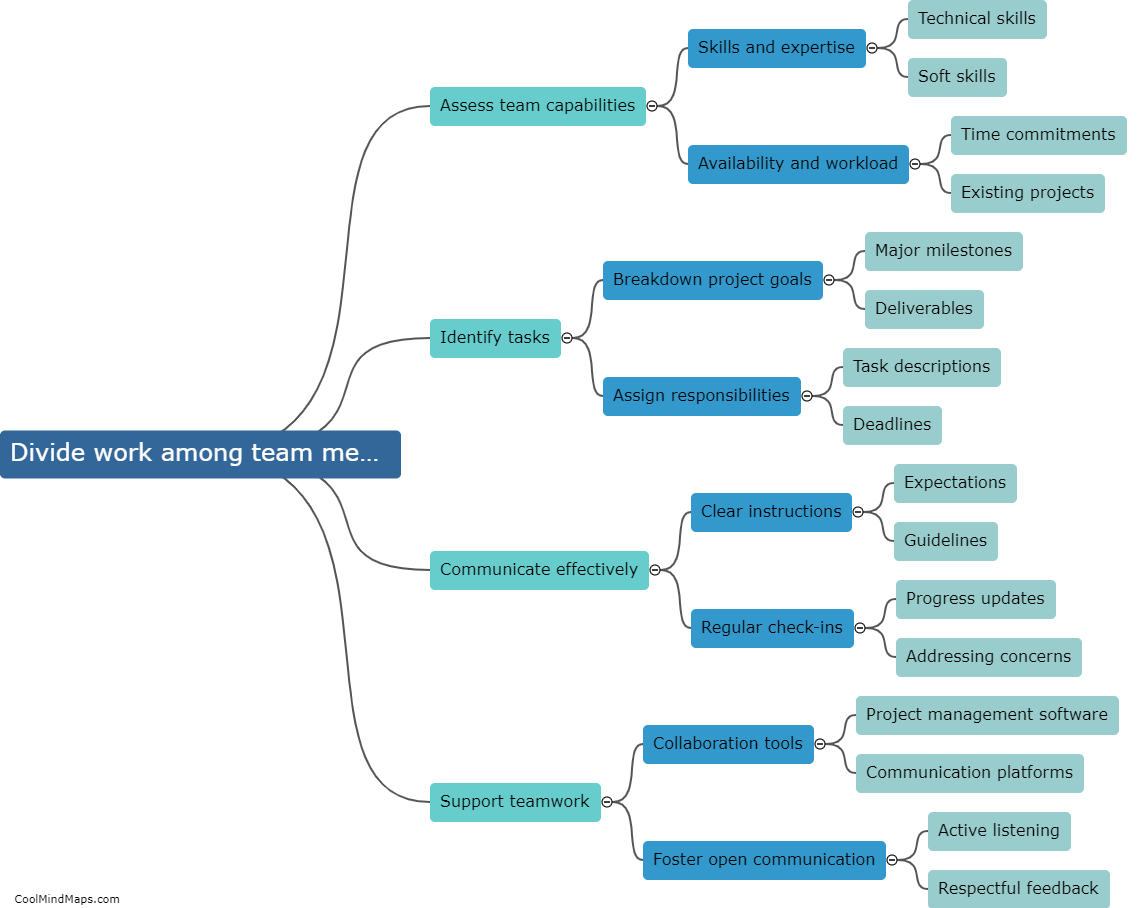How to measure the amount of a provision?
Measuring the amount of a provision is an essential aspect of financial reporting, as it allows businesses to accurately represent their liabilities and ensure transparency. To determine the amount of a provision, companies must consider various factors. Firstly, they need to evaluate the probability of an outflow of economic resources to settle the obligation; this involves considering both legal and constructive obligations. Next, they estimate the amount required to settle the obligation, including any future cost increases, using the best available information at the reporting date. This estimation should consider factors such as historical experience, expert opinions, and potential risks and uncertainties. Ultimately, measuring the amount of a provision requires a diligent and thorough analysis, ensuring that businesses provide an accurate representation of their liabilities in their financial statements.

This mind map was published on 27 August 2023 and has been viewed 118 times.











